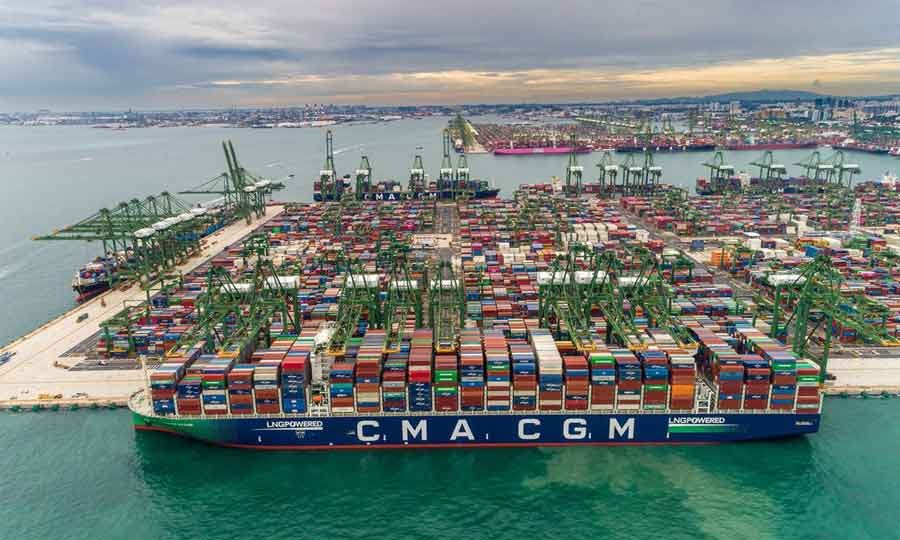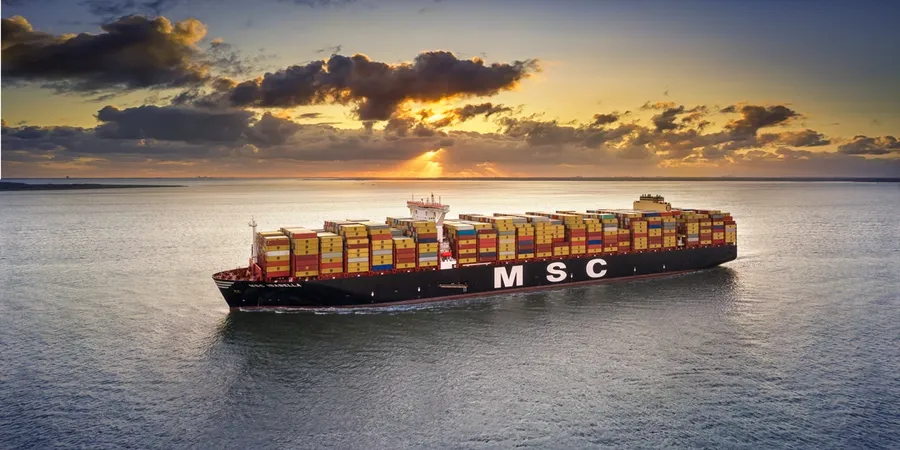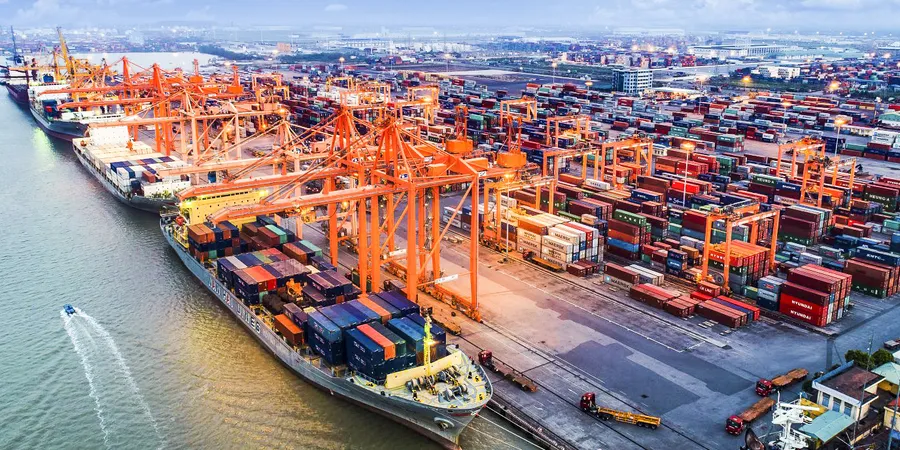CMA CGM and Hapag Lloyd implement new Latin America charges
The two major European shipping lines CMA CGM and Hapag Lloyd have published fresh rates for sailings destined to Latin America which will be effective from September.
Firstly, the French carrier CMA CGM will apply a Peak Season Surcharge (PSS) of US$300 per dry container, from the Port of San Antonio in Chile to the East Coast of Central America, the Caribbean, East and West Coast of South America, French Guyana, French West Indies, Leeward, Mexico East Coast and Windward.
This surcharge will take effect on 1 September for all ports except for Ecuador, Colombia, Panama, Brazil, Argentina, Paraguay, Uruguay, Puerto Rico and the Virgin Islands, where the charge will start on 17 September.
Furthermore, the Marseille-based liner operator will set the same surcharge from Callao of Peru to the East Coast of Central and South America, Caribbean, French Guyana, French West Indies, Leeward, Mexico East Coast and Windward, that will start on 1 September, excluding Colombia, Panama, Brazil, Argentina, Paraguay, Uruguay, Puerto Rico and the Virgin Islands, where the PSS will begin on 17 September.
From the same place of origin, there will be another PSS of US$450 per TEU and US$600 per FEU to the West Coast of South America, that will take effect on 1 September, except for Colombia and Ecuador, where the surcharge will start on 17 September.
Destined to the same ports and with the same date of application, CMA CGM will introduce a surcharge of US$300 per dry unit from all the ports in Peru, except for Callao, from where Hapag Lloyd will apply a new increase.
In particular, the German shipping company will implement a General Rate Increase (GRI) from Callao to the main Latin American destinations in its Asia Mexico Express 1 (AME1) (TPM) service. The surcharge will be US$300 per dry container and will be effective from 11 September.
Source: Container News





